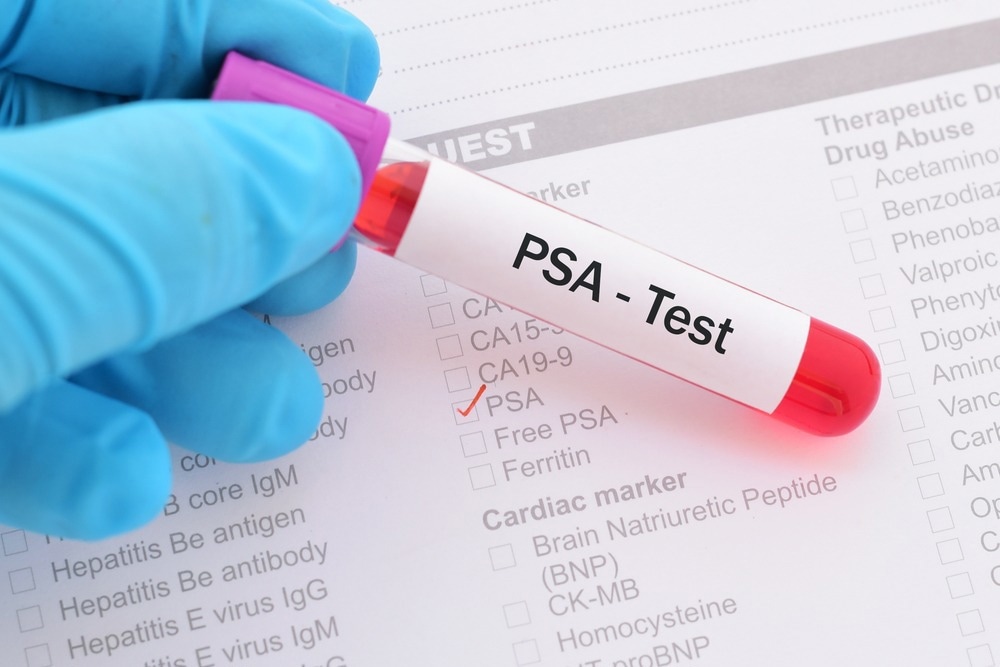A new report in JAMA Network Open reports on factors associated with prostate cancer screening among transgender women.
 Study: Prostate Cancer Screening Uptake in Transgender Women. Image Credit: Jarun Ontakrai/Shutterstock.com
Study: Prostate Cancer Screening Uptake in Transgender Women. Image Credit: Jarun Ontakrai/Shutterstock.com
Background
Not much is known about the incidence of prostate cancer in this population, but some research indicates that it may be as high as 14 per 10,000 cases. Moreover, transgender women on hormone therapy are more likely to develop aggressive disease, potentially due to diagnostic delay from misinterpreting the prostate-specific antigen (PSA) test values in the context of the suppressive effects of estrogen.
As of now, there is no guideline on when prostate cancer screening via (PSA) test should be done in transgender women. However, it is known that they are at increased risk for this cancer since prostatectomies are not part of the surgical procedure to change gender in such individuals.
The current study sought to identify factors common to transgender women who underwent a PSA screening test during the previous two years compared to cisgender men.
What did the study show?
The data came from the Behavioral Risk Factor Surveillance System (BRFSS) surveys of 2018 and 2020, which were carried out by the Centers for Disease Control and Prevention (CDC). This survey covers more than 400,000 American adults each year.
In the current study, there were nearly 1,300 participants, all 40 years or above, without a history of prostate cancer. Approximately 260 transgender women were matched to over 1,000 men. About 45% were between 55 and 69 years old. Almost 80% were White.
Transgender women were less likely to have a college degree or have current work and found it more difficult to pay healthcare costs compared to cisgender men. The odds of their earning $75,000 or more yearly were much lower compared to cisgender men.
In the age group of 55-69 years, PSA screening was performed within the previous two years in over one in five transgender women vs well over one in three cisgender men. The percentages in the over-70 group were similar between the groups, at ~40%.
When matched for confounding factors, such as whether a doctor had recommended or discussed a PSA test or time since the last clinical visit, there was no significant difference in screening proportions between the two groups. The strongest factor associated with PSA screening among transgender women was a doctor recommending the test, with such individuals being over 12 times more likely to be tested. Similarly, if a doctor had discussed the advantages of PSA testing, the odds were almost 8-fold.
However, those with higher educational status and higher incomes were also more likely to have been recently screened. Having a college degree increased the odds of recent screening by 2.55 times.
Older individuals (70 years or more) were almost twice as likely to have been screened recently vs those aged 55-69 years. This corroborates earlier reports. The difference in screening rates in the younger age group remained unexplained and did not vary with primary care follow-up frequency.
What are the implications?
This was among the largest cohort studies of PSA screening among transgender women so far. While it appeared on the surface that transgender women were less likely to undergo screening than cisgender men, the difference became smaller and statistically insignificant when accounting for the influence of a doctor’s recommendation to have the test done.
The large effect of clinician recommendations on the rate of PSA screening among transgender women makes it important that doctors educate themselves on how best to treat transgender patients. Further study is essential to arrive at a quantitative estimate of the cost-effectiveness of PSA screening among transgender women.